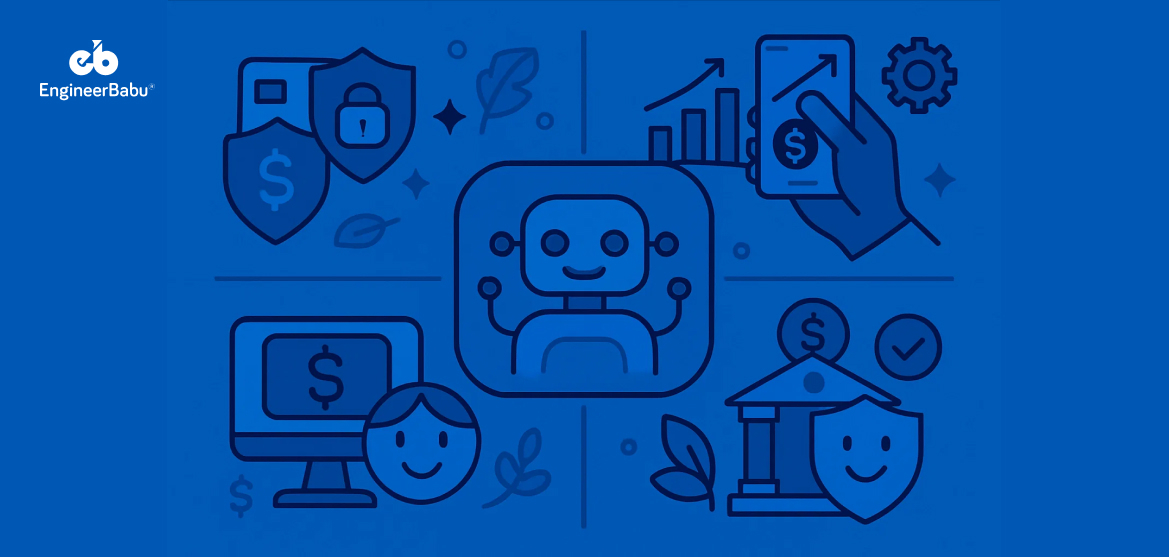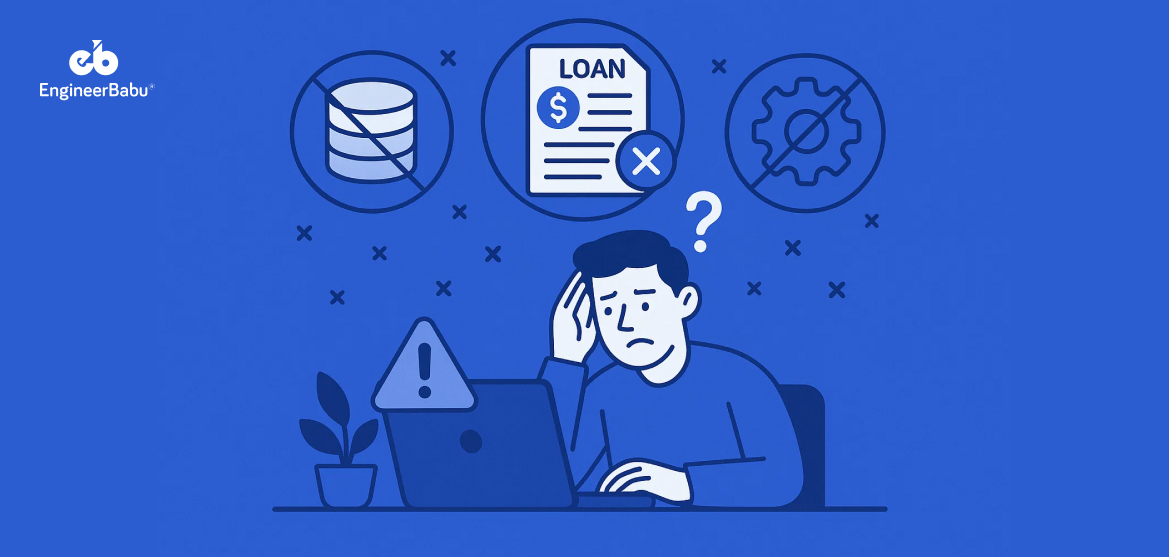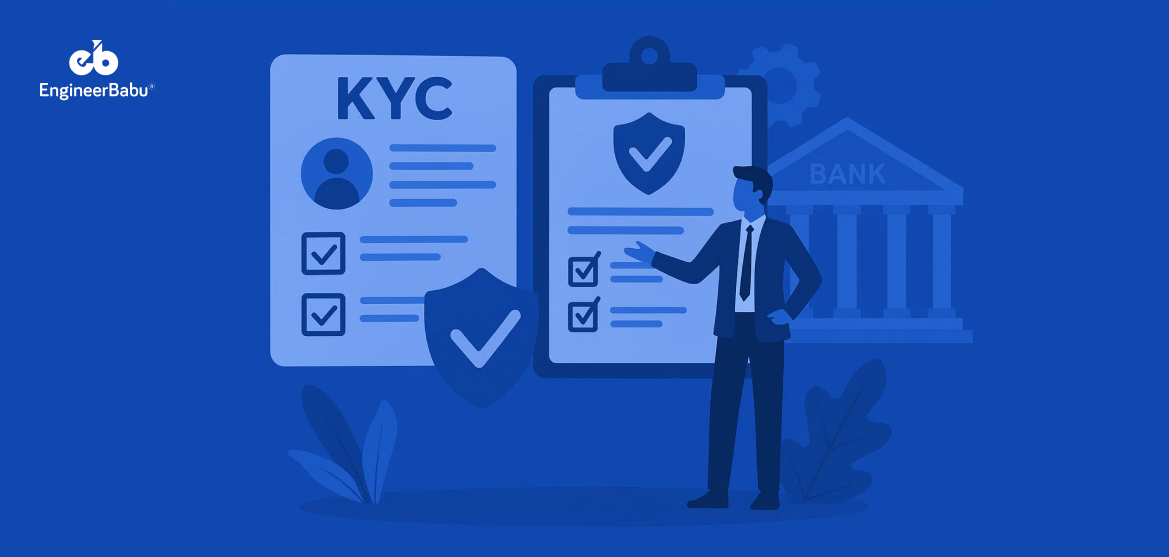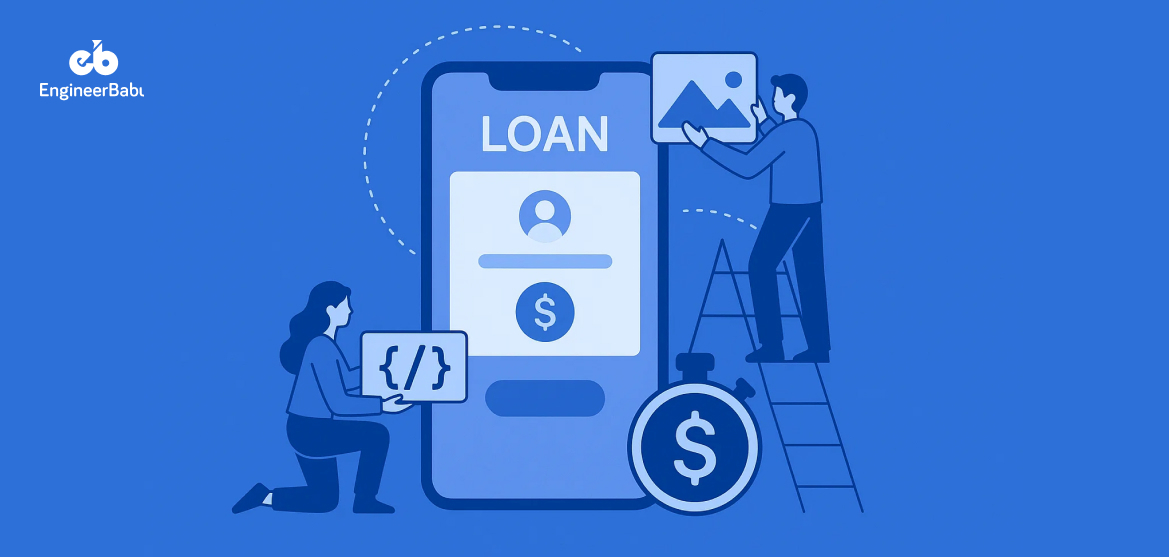Gone are the days when banking meant long queues, paper-heavy processes, and frustrating call center loops. Today, AI is rewriting the rules of engagement, bringing speed, precision, and intelligence to every part of financial services.
In fact, according to a McKinsey estimate, Generative AI alone could unlock $200 to $340 billion in annual value for the global banking sector. From fraud prevention to AI advisors delivering hyper-personalized product suggestions, banks are no longer just places to store money. They are becoming intelligent ecosystems built on real-time decision-making.
But this shift isn’t just about flashy automation. As noted by Google Cloud, AI is helping banks:
- Cut operational costs by automating back-office workflows.
- Speed up loan approvals from days to minutes.
- Detect fraud with more than 90 percent accuracy using real-time anomaly detection.
- Improve customer experience through smart chatbots and virtual agents.
- Stay compliant with ever-changing regulatory requirements.
The result is clear. Banks are becoming smarter, faster, more secure, and more competitive.
In this blog, we’ll explore the most practical and high-impact use cases of AI in banking. Let’s dive in!
Core Use Cases of AI in Banking
Fraud Detection and Anomaly Prevention
AI enables banks to shift from reactive fraud detection to real-time prevention. Traditional rule-based systems struggle with today’s complex threats, but AI models can instantly flag unusual patterns, such as sudden overseas transfers or abnormal spending behavior.
As noted by RTS Labs and Google Cloud, some banks have achieved over 90% fraud detection accuracy using AI. These systems continuously learn from transaction data, device IDs, and user behavior to identify fraud as it unfolds.
AI also strengthens anti–money laundering (AML) efforts by automating KYC checks and scanning for suspicious activity across channels, improving both speed and compliance.
Customer Service and Enhanced Experience
AI is redefining customer support in banking by making it faster, smarter, and more intuitive. Chatbots and virtual assistants now handle routine queries around the clock, reducing wait times and easing pressure on call centers.
These systems learn from past interactions to offer personalized responses, whether it’s suggesting the right credit card or tracking a recent transaction. Voice recognition and sentiment analysis help them understand not just what customers say, but how they feel, making the experience more natural and empathetic.
With AI, banks can deliver consistent, high-quality support across apps, websites, and even voice channels, all while improving customer satisfaction and operational efficiency.
Document Processing and Back-Office Automation
Handling documents has always been one of the most time-consuming parts of banking. AI is changing that by helping teams scan, read, and process paperwork in a fraction of the time.
Whether it’s verifying ID proofs, reading loan applications, or updating compliance records, AI tools can pull key information from messy documents without manual effort. This means fewer delays, fewer errors, and a lot less back-and-forth.
It also helps banks streamline their internal workflows. Instead of spending hours on repetitive tasks, teams can now focus on solving real problems and delivering better service to customers.
Personalization and Product Recommendation
Every customer has different goals, habits, and financial needs. AI helps banks understand those differences and respond with more relevant suggestions.
Instead of sending the same offer to everyone, banks can now look at how a person spends, saves, or borrows, and then recommend something that actually fits. For one person, that might be a lower-interest credit card. For another, it could be a reminder to set up a savings plan.
This kind of smart, timely guidance feels more personal and less pushy. It helps customers feel understood, and it gives banks a better chance of building long-term trust.
Predictive Analytics and Risk Management
One of the most powerful use cases of AI in banking is its ability to predict what might happen next. By spotting patterns in how customers spend, save, or borrow, AI can help banks identify risks before they turn into real problems.
It’s not just about flagging late payments or defaults. AI can also improve lending decisions by looking beyond credit scores and considering real-time financial behavior. That means someone with limited credit history but responsible money habits might finally get access to the credit they deserve.
This kind of forward-looking insight helps banks reduce risk while building stronger, more inclusive relationships with their customers.
Conversational Interfaces and Sentiment Analysis
AI is making conversations with banks feel less robotic and more human. Virtual assistants and chatbots are now handling everything from balance checks to dispute resolutions, and they’re getting better at understanding not just what customers say, but how they feel.
Through sentiment analysis, AI can pick up on tone, urgency, and frustration in real time. If a customer sounds annoyed or confused, the system can prioritize their request or hand it over to a human agent quickly.
Among the many use cases of AI in banking, this one directly impacts customer satisfaction. It helps banks respond faster, communicate more clearly, and build trust through more thoughtful interactions.
Cybersecurity and Compliance Monitoring
Security is one of the most critical use cases of AI in banking. With threats becoming more advanced every day, banks can’t rely on traditional systems alone to protect customer data and financial assets.
AI adds an extra layer of defense by constantly monitoring systems for unusual activity. It can detect suspicious login attempts, flag irregular transactions, and even shut down potential breaches before they cause damage.
On the compliance side, AI helps banks stay aligned with complex and ever-changing regulations. It can scan documents, track policy changes, and alert teams about potential red flags, saving time and reducing human error.
Generative AI and Large Language Models
Generative AI is quickly becoming one of the most talked-about use cases of AI in banking. It goes beyond automation and prediction, helping banks generate content, summarize documents, and even answer complex customer questions in plain language.
Large language models can support internal teams by drafting emails, creating policy summaries, or helping with compliance documentation. On the customer side, they power smarter chatbots that can understand context, handle nuanced queries, and deliver responses that feel conversational rather than scripted.
While this technology is still evolving, banks are already finding creative ways to use it to boost productivity, reduce costs, and improve both customer and employee experiences.
Conclusion
From fraud detection and customer support to document processing and risk modeling, banks are using AI to solve operational challenges that have existed for decades.
What makes these use cases of AI in banking so effective is their focus on efficiency and accuracy, not just automation for its own sake. AI reduces delays, flags risks faster, and allows teams to focus on higher-impact work instead of routine tasks.
It also improves how banks understand and serve their customers. Banks that adopt AI thoughtfully, integrating it into real workflows, not just pilot projects, are already seeing measurable gains.
FAQs
1. How is AI currently used in banking?
AI is being used across various functions including fraud detection, loan underwriting, customer support, document processing, compliance monitoring, and personalized financial product recommendations. It helps banks work faster, reduce errors, and improve decision-making through real-time data analysis.
2. Can AI help reduce fraud in banking?
Yes. AI systems can analyze transactions in real time, flag suspicious behavior, and detect patterns that human teams may miss. Many banks have improved fraud detection accuracy significantly by adopting machine learning models.
3. Is AI in banking safe and secure?
When implemented properly, AI enhances security by monitoring activity continuously and automating compliance checks. However, it also requires strong data governance, regular audits, and clear accountability to ensure safe and ethical use.
4. Will AI replace human employees in banks?
Not entirely. AI is better at handling repetitive, high-volume tasks. This allows human teams to focus on complex problem-solving, relationship management, and strategic decision-making.
5. How can EngineerBabu help banks adopt AI?
EngineerBabu builds custom AI solutions tailored for banking operations. From fraud detection systems to intelligent customer service chatbots and automated loan processing tools, our team helps financial institutions integrate AI in a secure, scalable, and cost-effective way.




